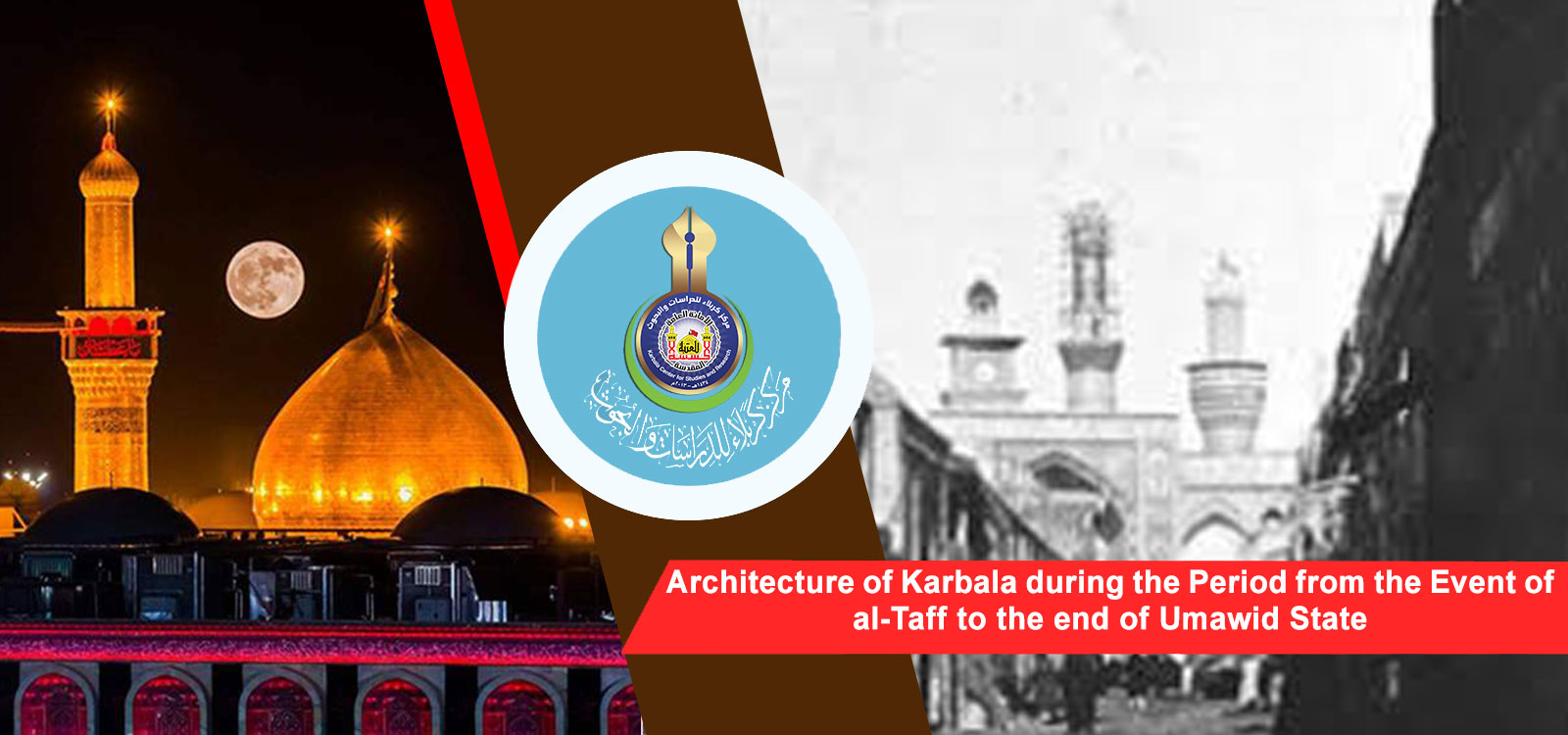It can be said that the birth of the city of Karbala is attributed to the event of al- Taff in 61 A. H. (680 A. D. ). Its first stone was the grave of Imam Hussain (A. S.). Two days after the end of the battle of al-Taff, people from the tribe of Bani Asad who were living in the surrounding villages placed a mark on the grave so as to make it easily identifiable and avoid losing its location.
According to some historical sources, al-Mukhtar ibn Abi Ubaida al-Thaqafi built the grave in 66 A. H. (686 A- D. ) during his rule of Kufa and added a brick dome over it. This is regarded as the first dome to be built in the Islamic periods. He also built a small mosque beside the grave, which is considered to be the first building to be raised in Karbala. AI-Mukhtar then built a little village around the grave.
This village consisted of a number of primitive houses built of clay and stems and leaves of date-palm trees brought from nearby areas and especially from Ninevah and Ghadhiriyat where there were plentiful of date-palm and fruit trees.
Thus, the first Hijri century ended, during which the Umawid ruled the area, without noticeable architectural development being witnessed in Karbala'.
Source: Holy Shrines of Karbala, by Raouf Mohamed Ali Al-Ansari [Vol. 1, p. 86-87].

